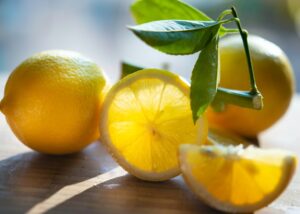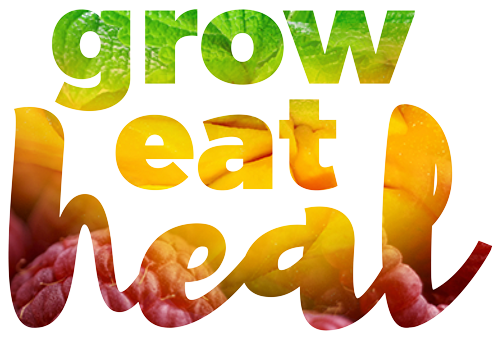Feeling hungry all the time? Try getting more leptin.
Leptin is the hormone released from the brain that tells you that you have had enough to eat. But when this malfunctions, we just keep on eating. So, if you’re constantly eating, try getting a little more leptin in your diet.
3 places where to find leptin
- Piperine – in black pepper
- Curcumin – in turmeric
- Pectin – in fruits and vegetables
- Carrots – according to dietaryfiberfood.com, carrots have the most pectin of all the vegetables. Carrots have 0.8 g of pectin per 100gm serving.
- Peas contain 0.6 g of pectin per 100 g serving. They are low in fat and high in fibre. Peas also contain vitamin K which helps fight osteoporosis
- Potatoes have 0.3 g of pectin per 100 g serving. High amounts of soluble fibre, pectin is one type of this soluble fibre. When eating potatoes for the pectin content, do not peel them. Most of the fibre found in potatoes is in the skin.
- Parsnips – One half a cup of cooked parsnips has 3g of dietary fibre. Much of this dietary fibre is pectin, this can lower your LDL or “bad” cholesterol.
- Green Beans – an excellent source of soluble fibre including pectin. Green beans contains0.34 g of soluble fibre per 1 cup serving.
- Lemons – especially the zest. Make lemon tea by using the zest and then squeezing the lemon juice into your teacup.
 Pectin – the downside?
Pectin – the downside?
Too much pectin can cause bloating, especially when eaten from processed foods. The gelling properties of pectin make it useful for adding to foods for stabilisation. For example, pectin is often used in soft drinks, desserts, and dairy products.
Note: We must be aware that various sources have previously reported some pectin levels incorrectly. For example, in citrus. Lemons were reported as being high in pectin levels, but it is actually the zest that is high in pectin rather than the flesh. Reports simply said that lemons were high in leptin.

